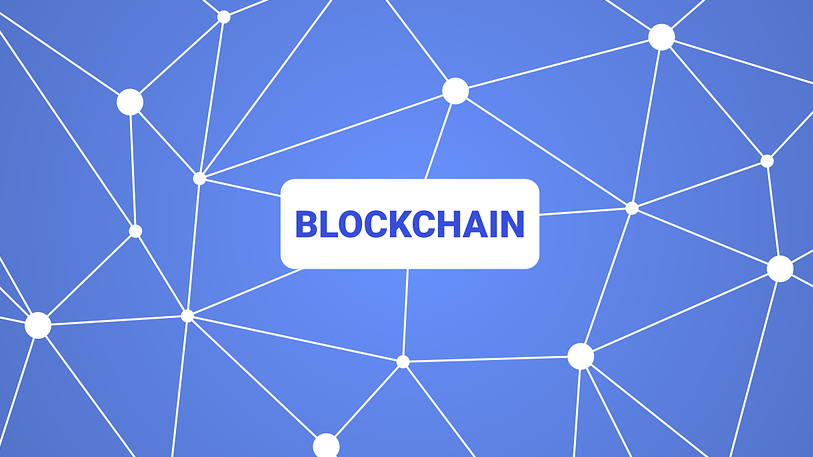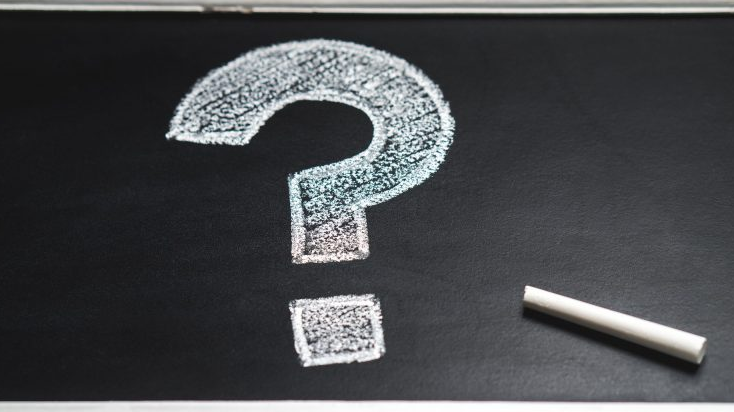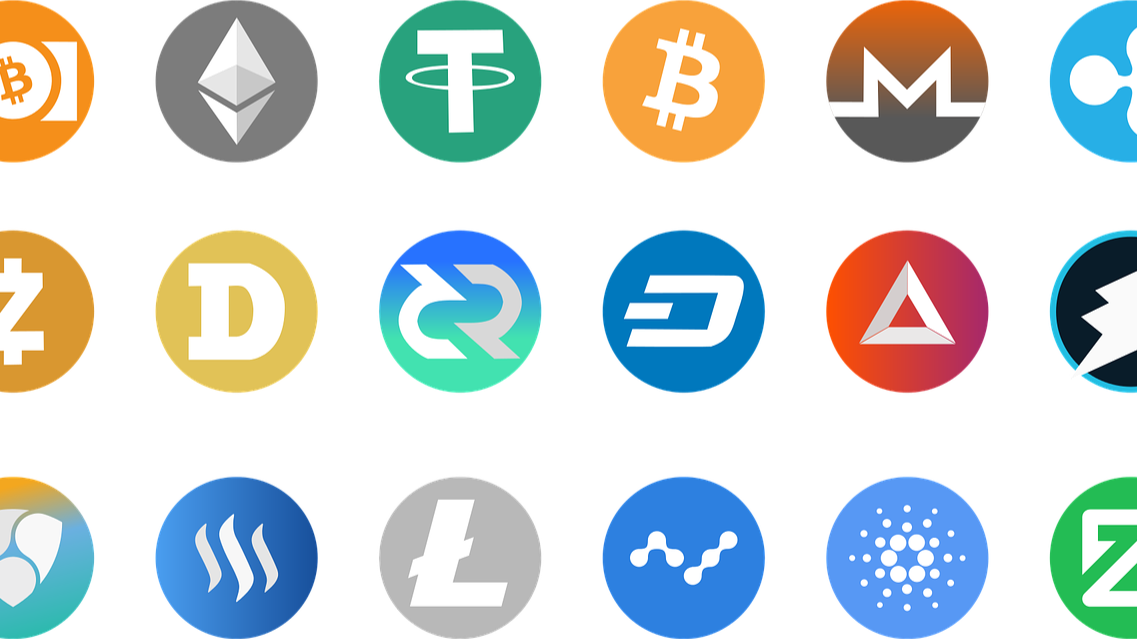
What is Blockchain
The Blockchain and Blockchain Technology are buzzwords that everyone seems to be talking about. Some people claim it to be a disruptive technology that will change the way we handle financial transactions and can aid many other aspects of our lives. If you do a Google search for "what is blockchain" you will probably come up with results similar to this:
"The Blockchain technology is a digitally distributed ledger system that allows untrusted parties to reach consensus and transact without the need of a centralized intermediary. Being a decentralized system, transactions on a blockchain are not subject to centralized control over data and thereby there is no central point of failure."
When used in relation to Bitcoin and other cryptocurrencies you may also come across the terms Block, Block Explorer, Block Height and Block Reward, Distributed Network, Distributed Ledger, Genesis Block, Mining, Node and Peer to Peer(P2P) and many others. What does all of this actually mean? Let us break down each part of those to give you a true understanding of what Blockchain Technology is and how it can be used for many different applications.
Blockchain is a distributed database that enables the creation of a digital ledger of transactions and sharing of that ledger among a network of computers. It is used to record transactions across many computers so that the record cannot be altered retroactively without the alteration of all subsequent blocks and the consensus of the network. This allows for the creation of a secure, transparent, and tamper-proof record of transactions.
At its most basic level, a blockchain consists of a series of blocks, which are records of transactions. Each block contains a cryptographic hash of the previous block, a timestamp, and transaction data. The transaction data can be anything that is of value, such as money, property, or even votes in an election.
When a new transaction is made, it is broadcast to the network and verified by nodes (computers on the network). Once verified, the transaction is added to a block, which is then added to the chain. The process of adding a block to the chain is called mining.
Miners are individuals or organizations that contribute their computer power to the network to help verify transactions. In return for their contribution, they are rewarded with a certain amount of the cryptocurrency that is being used on the blockchain. For example, in the case of the Bitcoin blockchain, miners are rewarded with a certain number of Bitcoins.
One key feature of blockchain technology is its decentralized nature. Unlike traditional databases, which are typically maintained by a central authority, a blockchain is maintained by a network of users. This decentralization makes it much more difficult for any one entity to manipulate the data on the blockchain.
In order to alter a block on the chain, an attacker would need to alter not only the block in question, but also all subsequent blocks on the chain. This would require a significant amount of computing power and would be easily detected by the rest of the network. As a result, the data on a blockchain is considered to be secure and immutable.
Another important aspect of blockchain technology is its transparency. Because the ledger is shared among all participants in the network, anyone can view the transactions that have taken place on the blockchain. This transparency can help to build trust among users and can be used to create more efficient and effective systems.
There are many different types of blockchain technology, each with its own unique features and characteristics. The most well-known is the Bitcoin blockchain, which was the first to be created and is used to record transactions of the Bitcoin cryptocurrency. However, there are also many other types of blockchain technology, including Ethereum, which enables the creation of smart contracts, and Hyperledger, which is designed for use in business applications.
In addition to its use in cryptocurrencies, blockchain technology has the potential to revolutionize many other industries. It is being explored for use in supply chain management, voting systems, and even the management of medical records.
One potential use for blockchain technology is in the area of supply chain management. By using a blockchain to track the movement of goods, it is possible to create a more transparent and efficient system. For example, a retailer could use a blockchain to track the movement of goods from the manufacturer to the store. This would allow the retailer to see exactly where the goods are at any given time and to ensure that they are being handled properly.
Another potential use for blockchain technology is in voting systems. By using a blockchain to record votes, it is possible to create a secure and transparent voting system that is less susceptible to fraud. This could be particularly useful in countries where the integrity of elections is often called into question.
Finally, blockchain technology has the potential to revolutionize the way that medical records are managed by creating a secure and transparent system for storing and sharing this sensitive information.
One potential use of blockchain in the medical field is the creation of a decentralized database of medical records. This database could be accessed by authorized parties, such as doctors and hospitals, and would allow them to view a patient's complete medical history in one place. This could help to improve the quality of care that patients receive, as doctors would have a more comprehensive understanding of a patient's health.
Another potential use of blockchain in the medical field is the creation of a secure system for sharing medical records between different organizations. Currently, it can be difficult for hospitals and other healthcare providers to access a patient's medical records if they are stored in a different system. By using a blockchain to store and share medical records, it would be easier for healthcare providers to access this information and provide better care for patients.
There are also several startups and organizations that are working on using blockchain technology to improve various aspects of the healthcare industry. For example, some are working on using blockchain to create a secure platform for conducting clinical trials, while others are using it to create a secure system for storing and sharing medical images.
Overall, the use of blockchain technology in the medical field has the potential to improve the efficiency and effectiveness of the healthcare industry, as well as to increase the security and privacy of patients' medical records.















